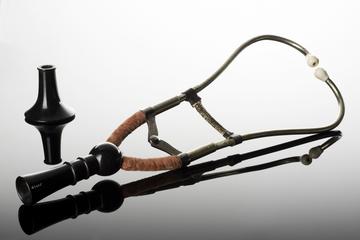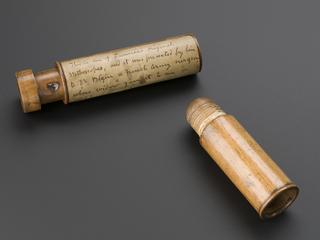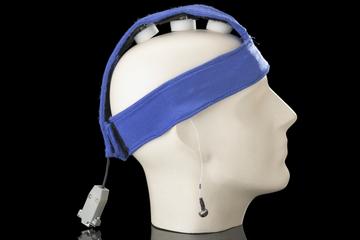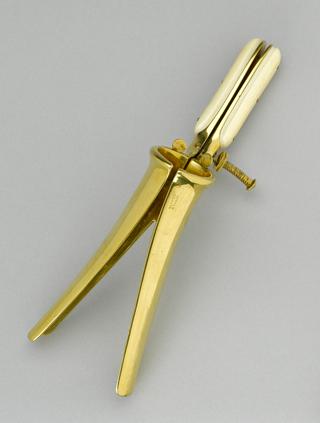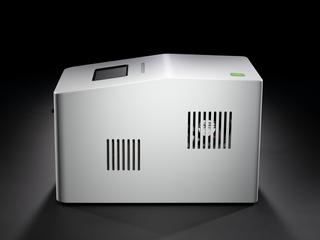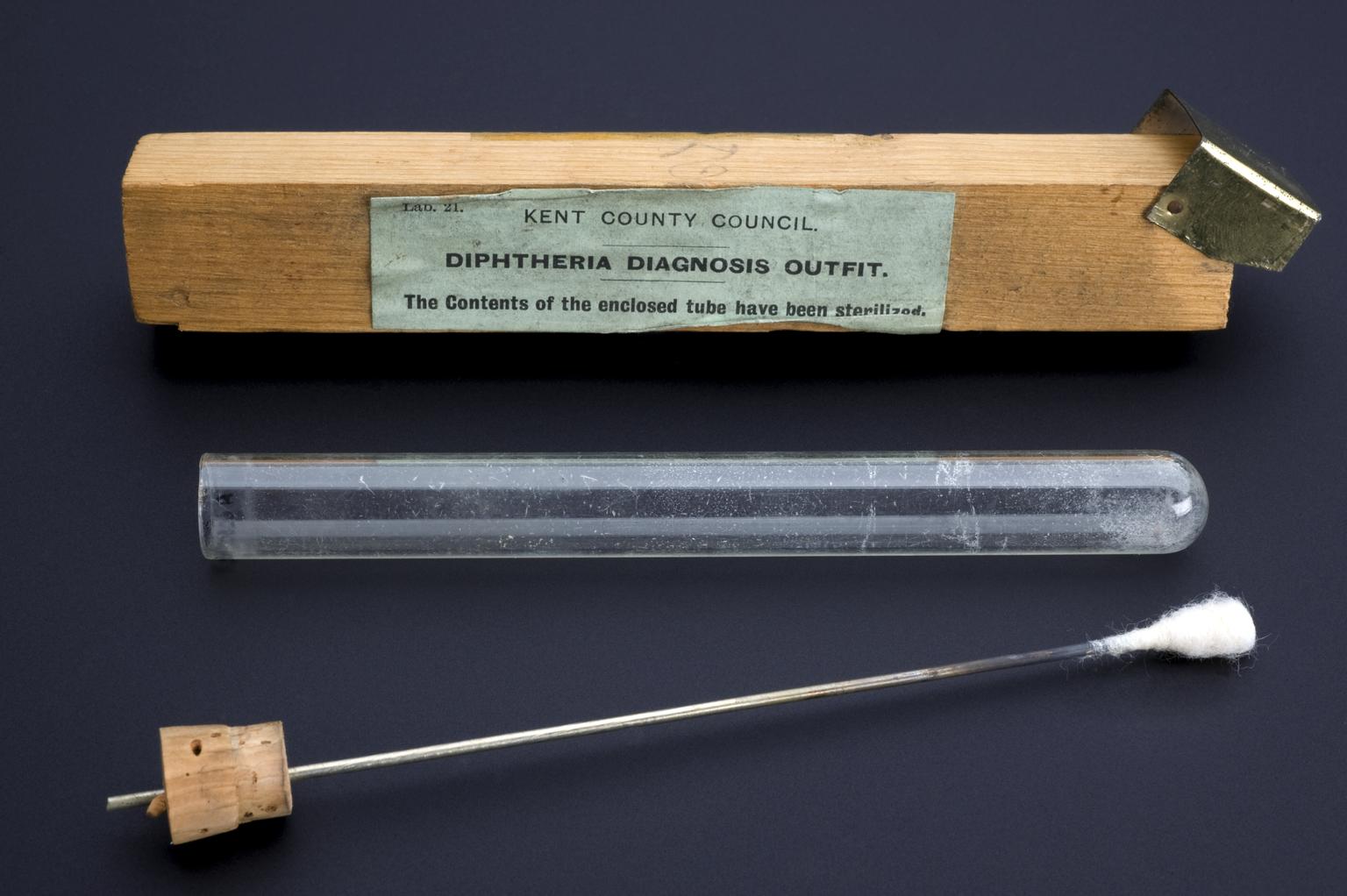
Wooden case for throat swab
Wooden case for swab. Label printed with the following text: 'Kent County Council. Diphtheria Diagnosis Outfit. The content of the enclosed tube have been sterilised'. Supplied by Kent County Council, early 20th century, for diphtheria diagnosis
More
Diphtheria is a potentially deadly contagious infection which especially affects children. In 1883, German bacteriologist Edwin Klebs (1834–1913) discovered the bacterium which causes diphtheria. This was then isolated the following year by fellow researcher Friedrich Loeffler (1852–1915), which meant that the presence of bacteria could be tested for and used to diagnose infection.
This is the wooden case for a throat swab supplied by Kent County Council who would have supplied them to clinics and doctors’ surgeries to help monitor and check the spread of the disease. The case is pictured here alongside the swab and glass tube.
- Materials:
- wood (unidentified) and metal (unknown)
- Object Number:
- A606027/1
- type:
- throat swab
- Image ©
- The Board of Trustees of the Science Museum

